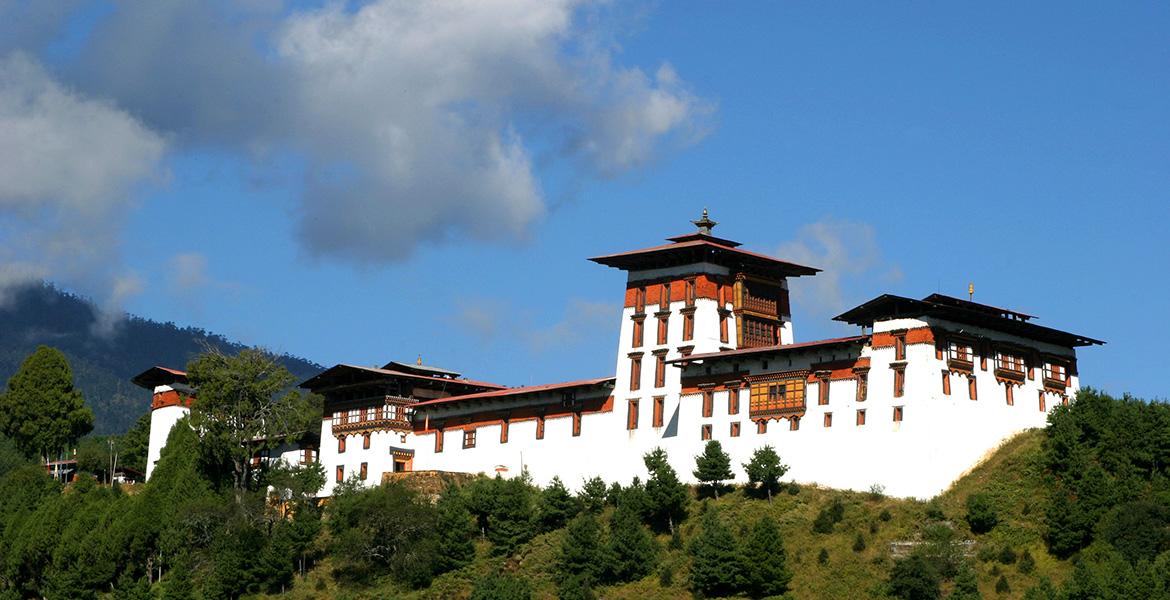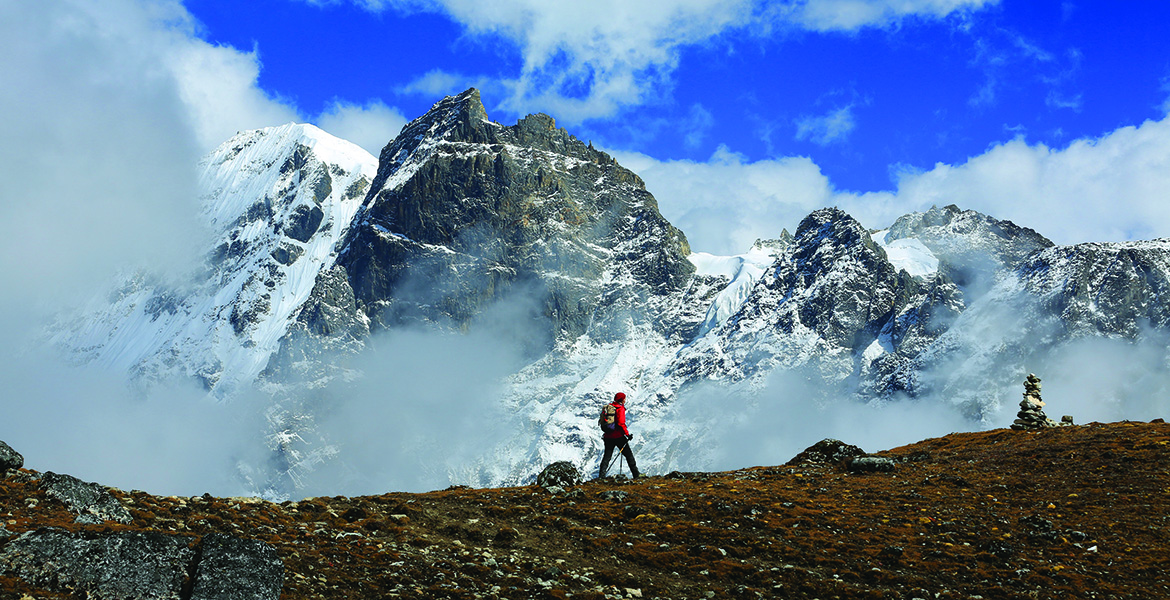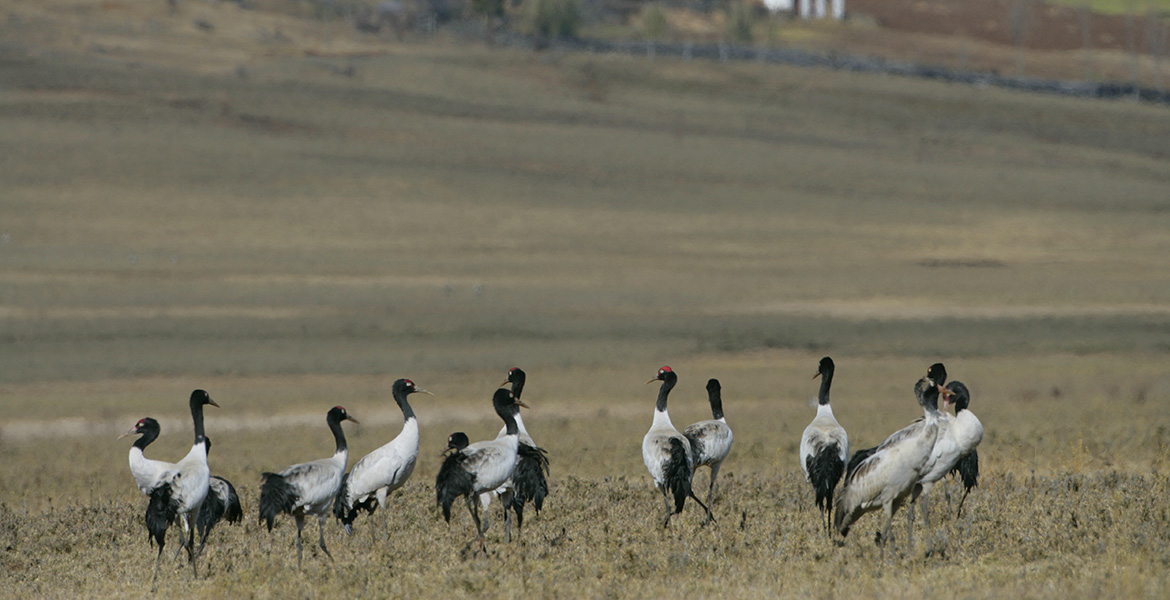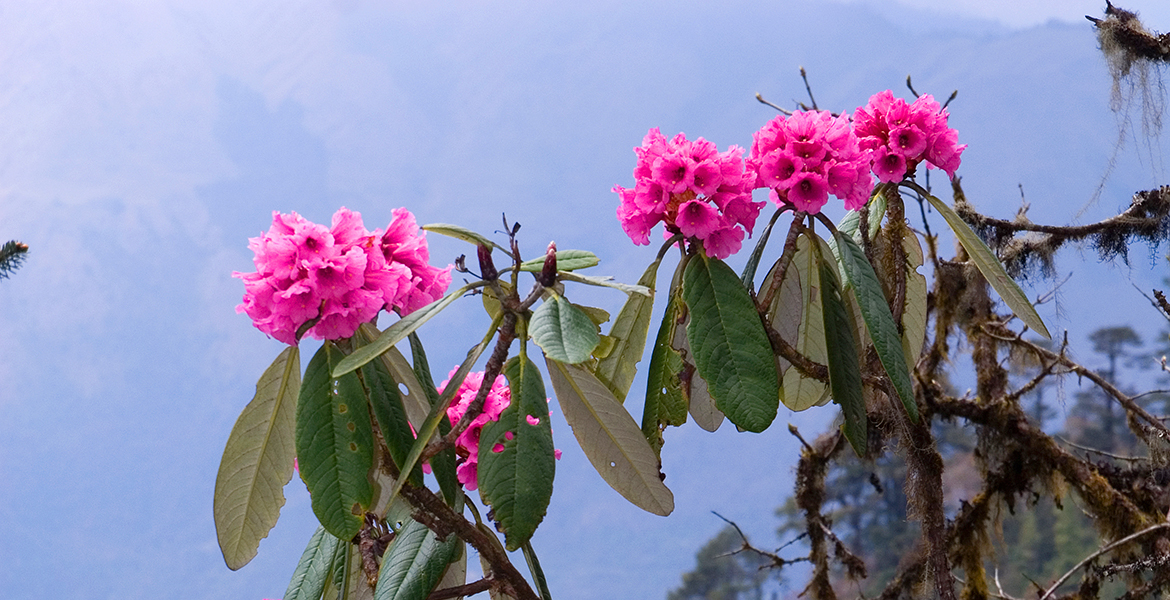Bhutan Overview
The Kingdom of Bhutan is best known by the outside world for being the happiest place on earth. It is easy to understand why once you experience the pristine environment, blue skies and gushing river that runs through this country nestled between India, China and Nepal. But it is not just the lush environment that keeps Bhutanese happy, grounded and content.
The 750,000 strong populations made up of a vast majority of Buddhist followers are deep-set in its faith and exudes a strong sense of tradition. This deep-rooted faith translates into laws that protect forests and forbid hunting or the exploration of scared mountains. This strong sense of tradition is seen in in festivals where Bhutanese gather, regardless of their socioeconomic background, to show their devotion to their faith. There is really no better way to experience their culture and spiritual fervor than by visiting the place during a festival.
Natural geography
Bhutan “Land of the Thunder Dragon” is a sovereign nation, located towards the eastern extreme of the Himalayas mountain range. It is situated between India and Chinese-occupied Tibetwith an approximate nation’s territory of 46,500 square kilometers. Because of its inland, landlocked status, it controls no territorial waters. Bhutan is divided into 20 Dzongkhags (districts) and further into 205 gewogs (village blocks). Geowogs are in turn divided into numerous thromdes (municipalities) for administration.
The Himalaya Mountains of Bhutan dominate the north of country, where peaks can easily reach 7,000 meters (22,966 ft.): the highest point in Bhutan is Gangkhar Puensum, which has the distinction of being the highest unclimbed mountain in the world, at 7,570 meters (24,840 ft.) Weather is extreme in the mountains: the high peals have perpetual snow, and the lesser mountains and hewn gorges have high wined all year round, making them barren brown wind tunnels in summer, and frozen wasteland in winter. The blizzards generated in the north each winter often drift southward in the central highlands.
The highlands are the most populous part of the nation; the capital Thimphu lies in the western region. The region is characterized by its many rivers (flowing into India’s Brahmaputra), its isolated valleys that house most of the populations, and the expensive forests that cover seventy percent of the nation. The highlands have Eastern Himalayan subalpine conifer forests at higher elevations and eastern Himalayan broadleaf forests at lower elevations. Winters are cold, summer are hot; the rainy season is accompanied with frequented landslides.
Culture and Tradition
Buddhism is practiced throughout the country. The “Drukpa Kagyu” school of Tantric Mahayana Buddhism which is similar to the Buddhism of Tibet is retained as Bhutan’s official religion. The Buddhist faith plays a fundamental role in the cultural, ethical and sociological development of Bhutan and its people. It permeates all strands of secular life, bringing with it a reverence for the land and its wellbeing. Annual festivals (Tshechus and Dromchoes) are spiritual occasions in each district. They bring together the population and are dedicated to the Guru Rinpoche or protective deities.
The Bhutanese are very pious people and religion plays an important part of their daily lives. Religious beliefs are evidenced in all aspects of life. Throughout Bhutan, chortens or stupas (receptacle for offerings) line the roadside commemorating places where Guru Rinpoche or another high Lama may have stopped to meditate. Prayer flags dot the hills, fluttering in the wind. They allow Bhutanese people to maintain constant communication with the heavens. Prayer Flags flutter on hillsides offering up prayers to benefit all nearby sentient beings. Houses each fly a small white flag on the roof indicating the owner has made his offering payments to appease the local god. Each district is dominated by a huge Dzong, or high-walled fortresses, which serves the religious and administrative center of the district.
Bhutanese people
All Bhutanese citizens are required to abide the national dress code, known as Driglam Namzha,. The rule is enforced more rigorously in some districts (dzongkhag) than others. Men wear a heavy knee-length robe tied with a belt, called a gho, folded in such a way to form a pocket in front of the stomach. Woman wear colorful blouses over which they fold and clasp a large rectangular cloth called a kira, thereby creating an ankle-length dress. A short silk jacket, or toego may be worn over the kira. Everyday gho and kira are cotton or wool, according to the season, patterned in simple stripes in earth tones. For special occasions and festivals, colorfully patterned silk kira and, more rarely, gho may be worn. Additional rules of protocol apply when visiting a dzong or a temple, or when appearing before a high level official. Male commoners wear a white sash (kabney) from left shoulder to opposite hip. Local and regional elected officials, government ministers, cabinet members, and the King himself each wear their own colored kabney. Women wear a narrow embroidered cloth draped over the left shoulder, a rachu. Bhutan’s official language is Dzongkha. Given the geographic isolation of many of Bhutan’s highland villages, it is not surprising that a number of different dialects have survived.
Bhutanese women have traditionally had more rights than women in surrounding cultures, the most prominent being the presumptive right of land ownership. The property of each extended Bhutanese family is controlled by an “anchor mother” who is assisted by the other women of the family in running affairs. As she becomes unable to manage the property, the position of anchor mother passes on to a sister, daughter or niece. Men and women work together in the fields, and both may own small shops or businesses. Men take a full part in household management, often cook, and are traditionally the makers and repairers of clothing (but do not weave the fabric). In the towns, a more “western” pattern of family structure is beginning to emerge, with the husband as breadwinner and the wife as home-maker. Both genders may be monks, although in practice the number of female monks is relatively small. Marriages are at the will of either party and divorce is not uncommon. The marriage ceremony consists of an exchange of white scarves and the sharing of a cup. Marriages can be officially registered when the couple has lived together for more than six months. Traditionally the groom moves to the bride’s family home, but newlyweds may decide to live with either family depending on which household is most in need of labor.



